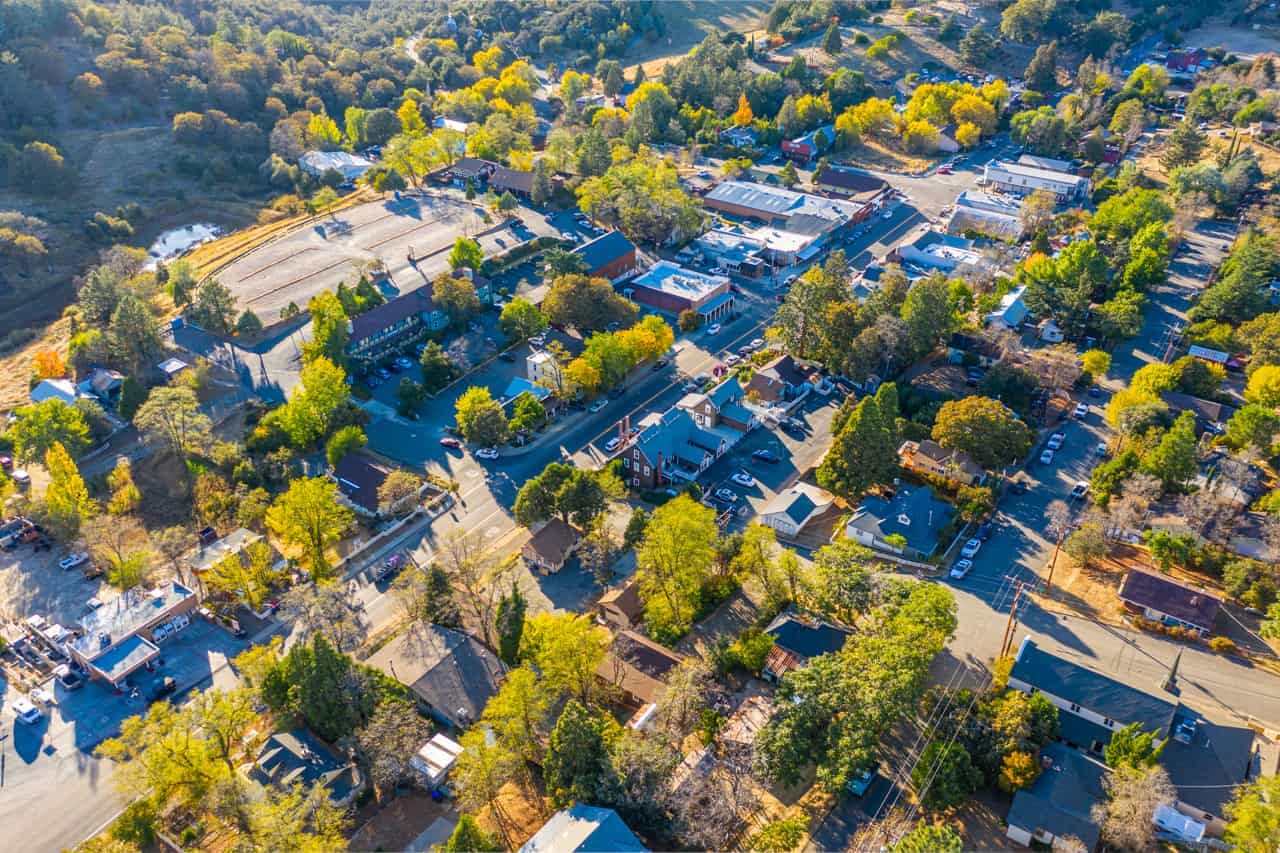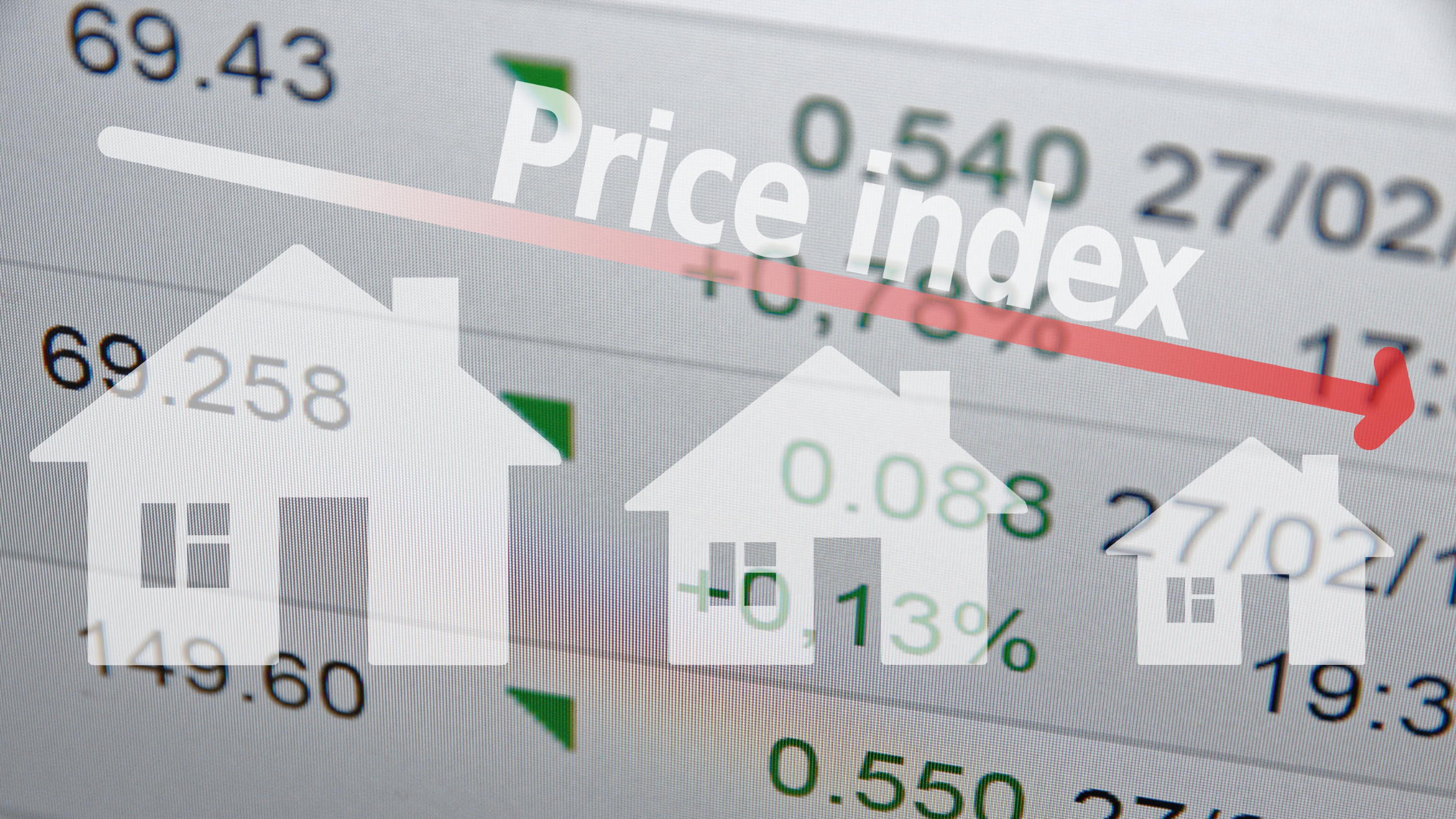It is now common knowledge that real estate prices have risen significantly in the San Diego metropolitan area during the past year. Home prices are rising at a rate of more than 1% per month on average.[1] At this rate, an average home will double in value in less than 8 years – perhaps even sooner. However, this rate of appreciation will not apply uniformly to every homeowner in the county.
Historically, real estate values in San Diego County have risen first along the coast during times of appreciating real estate markets and fallen first in the backcountry of the county signaling receding real estate markets. For example, an average single family home in Oceanside that sold last year for $343,293 now sells for $424,163; an average home in Julian sold for $222,526 last year and now sells for $247,771 – Oceanside homes are up nearly 24% compared to a little over 11% for Julian homes during the same period of time.[2]
This phenomenon is even more apparent in the rate of change in value for vacant land, where there is not enough significant data to make a meaningful analysis; there is no measurable demand for vacant land during this resurgence of home values. As with land, slow commercial movement makes a statistical comparison meaningless.
In my opinion, what distinguishes this real estate recovery from the prior two recessions which I have experienced is the fuel for demand. The economic model in free-trade societies is based on one simple fundamental: expansion. The previous two recoveries were “fueled” by economic growth and strong employment, the most reliable signs of a sustainable demand for real estate. Presently, economic growth is relative weak and nationwide unemployment is stagnant. Moreover, we have never had the extreme separation of wealth in this country as we do today; that is, the spread in wealth between social classes has never been such a big number. Yet, financial markets are at historic highs and home values appear to be trending upward in dense population centers around the country.
The most recent recession began in the San Diego backcountry in July of 2005, and has only recently shown signs of improving, and that improvement is seen primarily in the housing sector of the backcountry real estate market. Demand during the course of The Great Recession has been driven largely by investment opportunity encouraged by the low cost of borrowing money. When long term mortgage money is available at rates Certificates of Deposit once yielded, it makes a lot of sense to borrow money and leverage inexpensive debt in the form of income-producing real estate (rentals). Entry level buyers are just now beginning to show up in the overall mix of home sales while rates remain relatively low. Second home buyers, once a significant percentage of our backcountry market, are still sitting on the sidelines.
The Federal government’s quantitative easing policy appears to be the driving force in stimulating the financial and housing markets.[3] Injecting 85 billion dollars of new money each month into our struggling economy at historically low interest rates, coupled with five plus years of pent up demand for housing emerging from a growing population, is “fueling” our nation’s current modest expansion. In order for the rising trend in real estate values to carry over to vacant land and commercial properties, interest rates will need to remain low until the diminished available housing inventory drives existing home prices beyond the cost of building new homes, which will not take long at this rate. What is not known is the effect of the Federal Government’s inevitable and imminent withdrawal from the current practice of creating new money. Some experts predict that the end to quantitative easing will result in a substantial rise in interest rates and inflation, meaning your dollar will buy less tomorrow than it does today.
You may be asking yourself, “Why is a bald headed guy who is trying to sell property suggesting that the economy is being artificially propped up by the U. S. Government, and higher rates and inflation may be looming?” As we have witnessed, the Federal Government will go to extreme measures to insure our economy continues to expand. Housing is one of the most important cornerstones to job growth and economic expansion. Higher interest rates will be adjusted in real time to the demand for housing. Consumers will continue to purchase homes, but sales prices will likely continue to rise into the future. The ’bald headed guy who is trying to sell property’ is suggesting that NOW is a very good time to reposition your real estate holdings, or a golden opportunity to invest in the real estate market.
What this foregoing analysis means to San Diego County backcountry property owners is that there will be a long lag time before the headlines proclaiming soaring real estate values in metropolitan centers are realized in the rural areas, perhaps 18 months or longer – plenty of time to create a plan for the next upward trend in the real estate cycle.
Here is what the real estate market in the Julian–Santa Ysabel–Warner Springs general area presently looks like:
Homes in the San Diego backcountry are, on average, selling for $222,471 at 94% of the offering price in 130 days, which buys 2 bedrooms and 1 bath under 1400 square feet of living space on a little over 4 acres of land. The 60 sales are on par for last year, with an 11.4% increase in value for nearly the same square footage and lot size.
Land sales have shown little signs of improvement. An average parcel of 4.42 acres will cost $108, 086 at 81% of the asking price after 169 days on the market, on average. To date this year, there have been 23 sales in the 5 zip code backcountry area, an increase of 7 over the same period last year, with no significant change in value. However, the length of time on the market before selling about half of what it was last year. It appears from the data that land value is not deteriorating, but has not yet begun to appreciate despite signs of an increase in demand.
Commercial real estate sales in the backcountry parallel land, with much less volume. Last year there was one sale at $937,000, and three backcountry sales this year totaling $920,000.[4]
My interpretation of these data is that the San Diego County backcountry real estate market, arbitrarily defined here as the area within the county exceeding 3000 feet in elevation, is showing empirical signs of an upward trend in, first, the volume of sales, followed by a sustainable rate of appreciation mirroring the trend now occurring west of the Alpine-Ramona–Valley Center meridian.
If you would like more information regarding the current state of real estate affairs in San Diego County, please contact Donn Bree for a free consultation.




